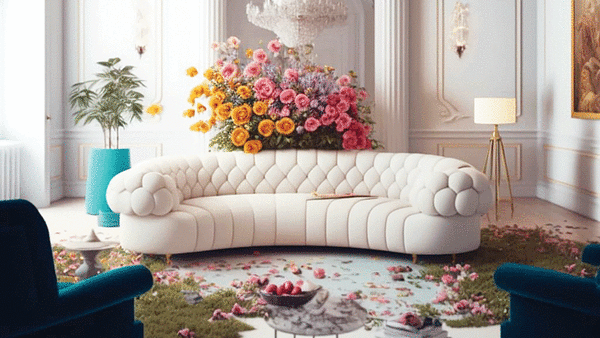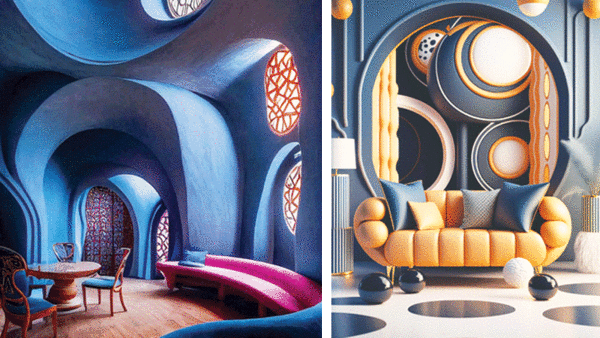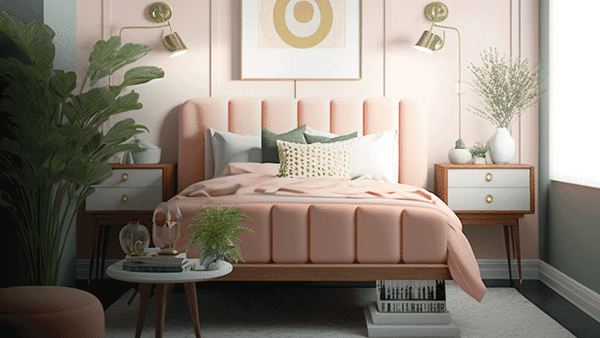

By HH Sayyidah Meyyan al Said
In recent years, artificial intelligence (AI) has become an integral part of the interior design industry. AI-powered algorithms are changing the way designers approach their work, from personalised design to space planning and beyond Artificial intelligence (AI) is revolutionising many industries, and interior design is no exception. AI technology is being used to generate interior design concept images that can help designers, architects, and homeowners visualise potential designs for their spaces.
Traditionally, interior designers would sketch out ideas and create 2D drawings or 3D models to present to their clients. However, this process maybe time-consuming and may not always represent the designer’s vision. With AI-generated images, we can now get faster more accurate ways to convey design ideas and concepts like never before.

One example of AI-powered interior design software is the platform developed by the startup, Havenly. The company uses machine learning algorithms to analyse design trends and create customised design concepts for each of their clients. Users can input their preferences and upload photos of their space, and the software will generate a variety of design options, complete with furniture and decor suggestions.
Another big example is Midjourney. It also uses machine learning algorithms to generate interior design concept images. It allows designers to quickly and easily create custom designs by inputting preferences and constraints such as budget, style, and room dimensions. Midjourney’s software analyses this data and generates a variety of design options, complete with furniture and decor suggestions. The resulting images are photorealistic and allow designers and clients to see how different design elements will look in their space.
AI technology is being used to create hyper-realistic renderings of interior design concepts. The company, Unreal Engine, has created a platform that uses real-time rendering technology to create photorealistic images of interior spaces. This technology allows designers to create immersive experiences for their clients, showing them how a room will look and feel before any construction begins.
There are many benefits to using AI-generated interior design concept images. For one, they allow designers to create and present ideas more efficiently. Instead of spending hours sketching and modelling designs, designers can use AI software to quickly generate multiple options. Additionally, these images can help clients better visualise the designer’s vision and make more informed decisions about their space.

However, there are also some limitations to consider. AI-generated images may lack the creativity and personal touch that a human designer can bring to a project. Additionally, these images may not always accurately represent the real-world constraints of a space, such as lighting or structural limitations.
In conclusion, AI technology is changing the interior design industry by offering new tools and techniques for designers and homeowners to visualise potential designs. While there are limitations to AI-generated images, they offer many benefits, including efficiency and accuracy. As AI technology continues to evolve, it will be interesting to see how it further impacts the world of interior design.
Oman Observer is now on the WhatsApp channel. Click here


